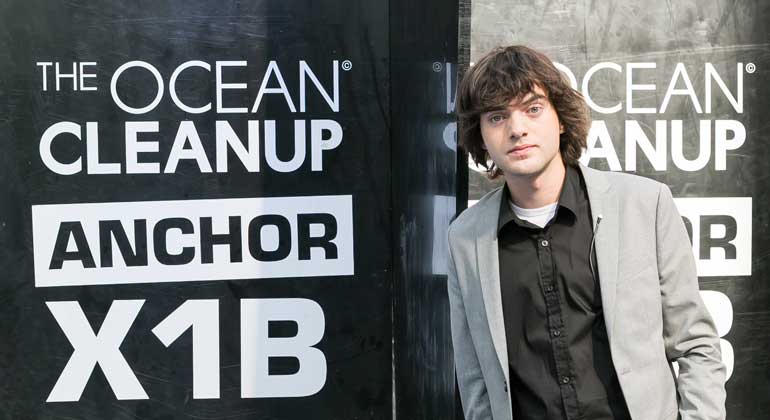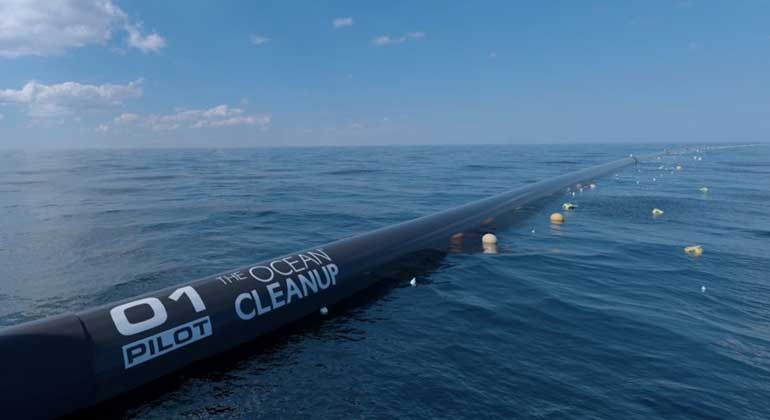The Ocean Cleanup Announces Pacific Cleanup to Start in 2018
The Ocean Cleanup, the Dutch foundation developing advanced technologies to rid the oceans of plastic, announced it will start extracting plastic from the Great Pacific Garbage Patch within the next 12 months.
The Ocean Cleanup further announced that parts of its first cleanup system are already in production. Thanks to an improved design, The Ocean Cleanup has increased the efficiency of the system, allowing for the cleanup of half the Great Pacific Garbage Patch in just 5 years.
The main idea behind The Ocean Cleanup is to let the ocean currents do the work. An installation of U-shaped screens channels floating plastic to a central point. The concentrated plastic can then be extracted and shipped to shore for recycling into durable products. The improvements announced today involve the introduction of a mobile, or drifting system. Rather than fixing the floating screens to the seabed at great depths, The Ocean Cleanup will apply sea anchors to ensure the floating screens move slower than the plastic. Rather than one massive barrier, the improved, modular cleanup system consists of a fleet of screens.
This new, modular technology and the successful funding round announced on May 3, 2017, enable The Ocean Cleanup to accelerate production, deployment and the actual extraction of plastic from the ocean. Testing of the first system will start off the American west coast by the end of 2017. With the first deployment in the Great Pacific Garbage Patch in the first half of 2018, The Ocean Cleanup will start its mission two years ahead of schedule.
In front of a live audience of thousands of its supporters, and a large group of followers on-line, The Ocean Cleanup shared details on the improved design, and announced the start of the cleanup. Speaking at the Werkspoorkathedraal in Utrecht, the Netherlands, The Ocean Cleanup’s founder and CEO Boyan Slat demonstrated the new technology and unveiled the first parts of the cleanup system: four 12-meter (40-foot) high anchor components.
Boyan Slat commented: “At The Ocean Cleanup we are always looking for ways to make the cleanup faster, better and cheaper. Today is another important day in moving in that direction. The cleanup of the world’s oceans is just around the corner.” He added that the large-scale trials of its cleanup technology in the Pacific Ocean later this year are still experimental in nature. “Due to our attitude of ‘testing to learn’ until the technology is proven, I am confident that – with our expert partners – we will succeed in our mission.”









